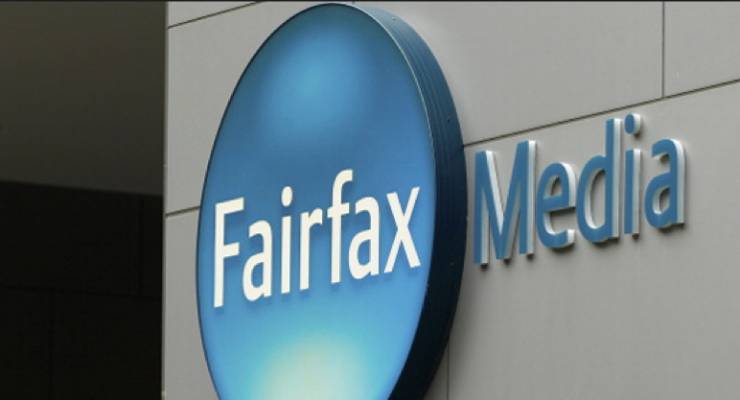
Yesterday afternoon, Fairfax’s editorial director Sean Aylmer sent a short and surprising email to staff, simply saying that it was his last day.
“It has been an honour and a privilege working with you all for so long. Keep doing what you’re doing and Fairfax has a bright future,” it said.
The formal email was left to Aylmer’s boss Chris Janz, who was appointed managing director of the metropolitan newspapers in February, who said only that Aylmer was “leaving the business”. “We are grateful to Sean for the immense contribution he has made. He has led an incredible publishing transformation and modernisation of our newsrooms — and overseen some of the best journalism in our company’s history.”
But since Aylmer was appointed as editorial director, he’s been the one left to deliver company news to journalists, and in a time of great change for the industry, the news hasn’t often been good. We’ve taken a look back at the highlights reel of some of the bad news Aylmer has delivered to staff since he was appointed to the role in June, 2014.
August, 2014
Aylmer went on 2UE to explain his decision to overrule then-editor of The Sydney Morning Herald Darren Goodsir to suspend columnist Mike Carlton — but not, he said, over a column criticising Israel, but over abusive emails he sent to readers who’d responded to the column. When Aylmer called Carlton to tell him he’d been suspended, the columnist quit immediately.
August, 2014
After a bump in executive salaries was published in The Australian, Aylmer was left to explain the pay packets to staff who hadn’t yet been offered a pay rise in their three-year wage negotiations: “None of the four people designated Key Management Personnel (KMP) in the Remuneration Report released today received any increase in take-home pay this year. In fact none have had a salary increase for two years or more.”
December, 2015
Aylmer had to address staff upset over Fairfax licensing out its Drive brand, which also resulted in seven redundancies. Staff held stop-work meetings after the announcement.
February, 2016
A restructure cut 70 jobs at Fairfax’s New Zealand subsidiary Fairfax Editorial Services to shift subediting back to Pagemasters — a move announced to staff via email by Aylmer.
March, 2016
Staff received an email from Aylmer outlining a restructure that included about 100 redundancies to achieve budget cuts, prompting a wildcat strike across the metropolitan newsrooms.
May, 2016
The voluntary redundancy program announced a few months earlier did not get enough takers, and it was down to Aylmer to let staff know by email that the requests had “fallen short” of required numbers.
December, 2016
When The Age‘s editor-in-chief Mark Forbes resigned amid a sexual harassment scandal, it was Aylmer who briefed staff in the Melbourne newsroom, and who sent an email to staff expressing his “disappointment”.
May, 2017
Aylmer announced to staff that in order to reach $30 million in savings to Fairfax’s bottom line, 125 editorial jobs would be cut and other savings, including cutting contributor costs. The restructure prompted a seven-day wildcat strike, which Aylmer also had to email staff about to advise their pay would be docked. There was also a message for staff from Aylmer and Janz, telling them not to use social media to bully their colleagues who chose not to strike.
NOTE: A previous version of this story said Mike Carlton was sacked by Fairfax. In fact, he quit when Sean Aylmer suspended his column.








After Aylmer failed to back Mike Carlton I never purchased another SMH.
If they’d published an edition featuring a couple pages of Carlton’s abusive responses to those email complaints it would’ve been a sellout.